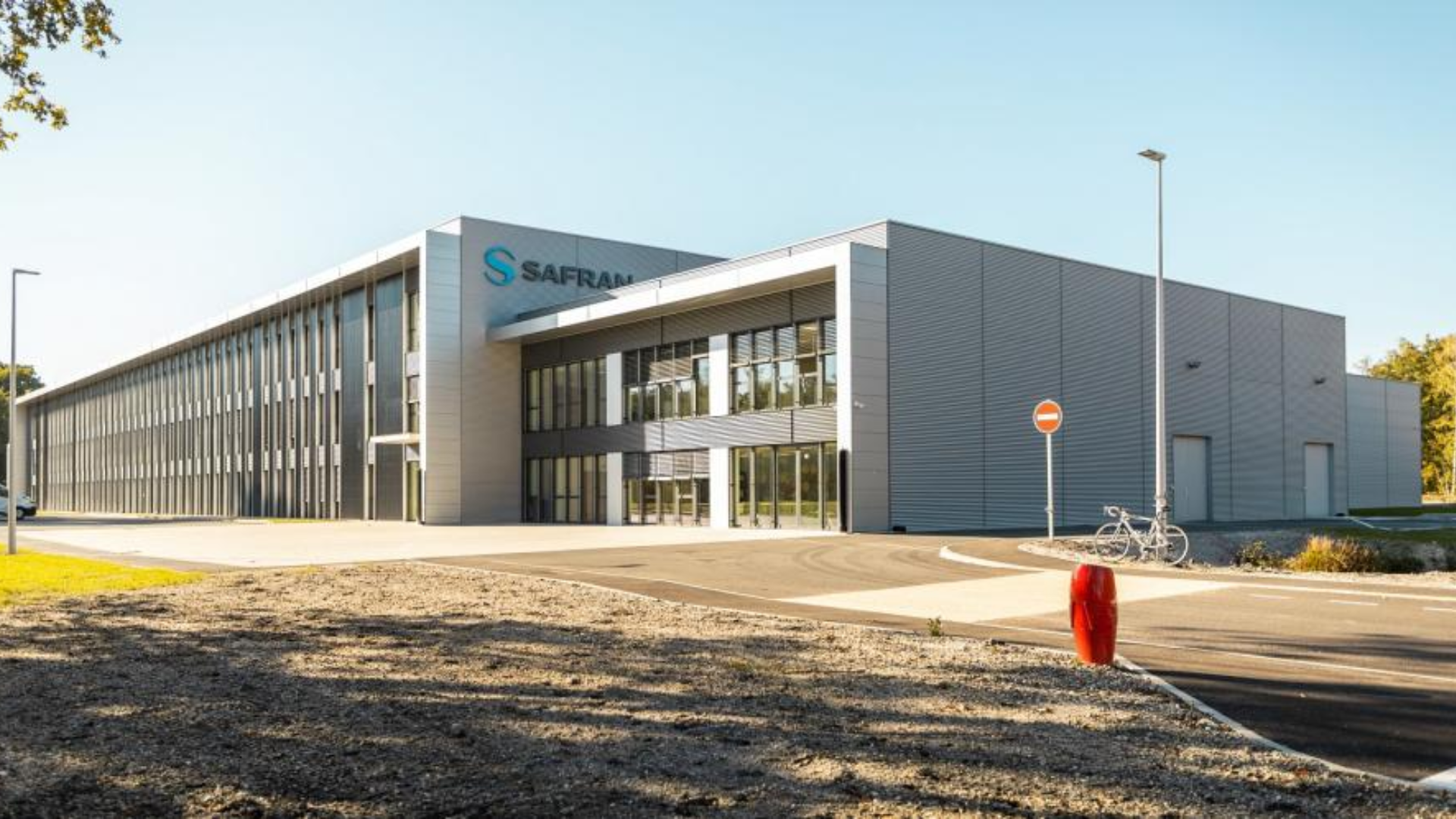
Le Haillan, Gironde, France/October 7, 2022 — The Safran Additive Manufacturing Campus, the Group’s new center of excellence in this advanced technology, located in Le Haillan, near Bordeaux in southwest France, was inaugurated by Ross McInnes, Chairman of the Safran Board of Directors, and Olivier Andriès, Chief Executive Officer, in a ceremony attended by Roland Lescure, French Minister of Industry and Alain Rousset, President of the Nouvelle Aquitaine region of the southwest France.
Safran’s new 12,500 square meter facility groups all processes needed to make parts using additive manufacturing, from research and development to engineering and production. Already more than 100 world-class scientists, engineers and technicians work in the facility to produce parts for the whole group using state-of-the-art installations, especially 3D printers that use 3D digital models to turn metallic powders into aircraft and engine parts.
Additive manufacturing delivers real benefits to aviation because it allows the production of parts that were impossible to make with other methods, often combining several functions in a single piece. Additive Manufacturing is also an eco-friendly process because it limits the consumption of both raw materials and energy, while significantly reducing weight, thus cutting fuel consumption and contributing to the decarbonization of aviation which is Safran’s top priority. In addition, additive manufacturing reduces machining time, which boosts competitiveness.
The first one thousand 3D-printed parts from the Safran Additive Manufacturing Campus have been delivered to Safran Helicopter Engines since June 2022. The Campus aims to deliver a total of 4,000 parts this year and then double that figure in 2023.
“We made a strategic decision to create this new center of excellence to consolidate Safran’s expertise in additive manufacturing and accelerate the application of this disruptive technology,” said Olivier Andries, CEO of Safran. “We will be leveraging the advantages of this technology to make our new products even lighter, while enhancing their performance and that’s the key to meeting our industry’s objective of reducing its environmental impact. A quarter of the parts in some of our engines could eventually be made using this process.”


